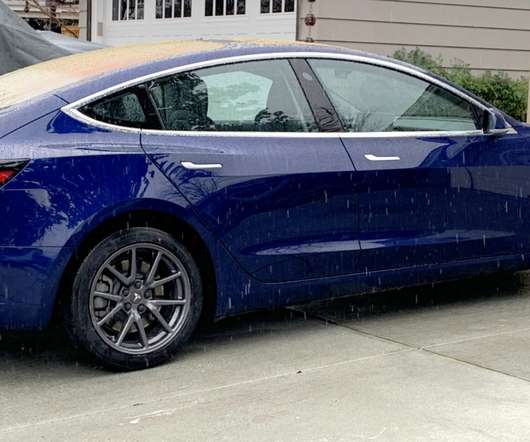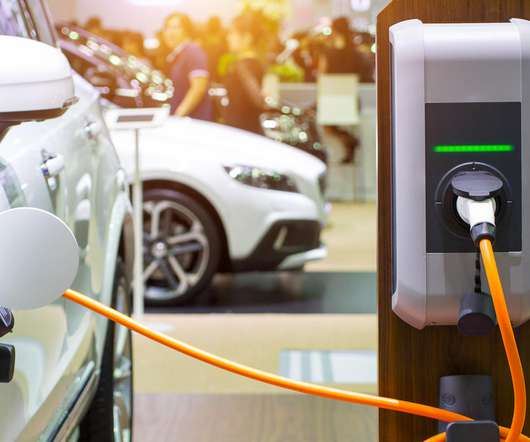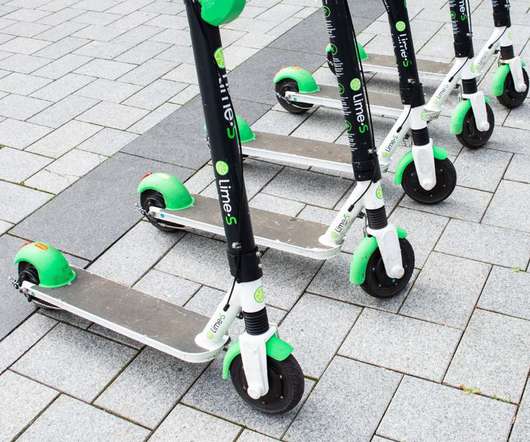California ARB developing Clean Miles Standard for ridesharing companies
Green Car Congress
JANUARY 30, 2019
With the enactment of SB 1014 ( earlier post )—the Clean Miles Standard and Incentive Program—the California Air Resources Board (CARB) and the California Public Utilities Commission (CPUC) is to develop and to implement new requirements for transportation network companies (TNCs)—i.e.,

































Let's personalize your content